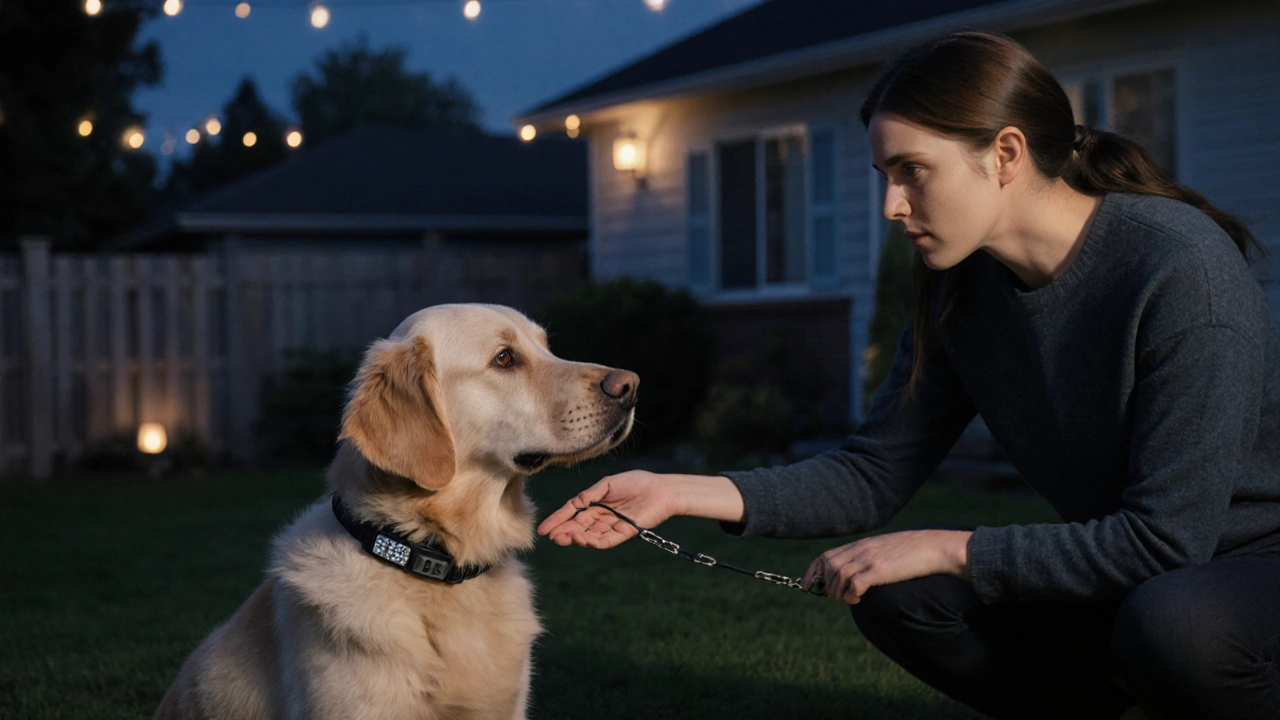Dog Behavior Tools
When working with Dog behavior tools, devices, training aids, and techniques that help manage and shape a dog's actions. Also known as behavior modifiers, they let owners influence habits without harsh methods.
One popular bark collar alternatives, humane options like citronella sprays or vibration devices that curb excessive barking show how dog behavior tools can work without pain. Another key player is positive reinforcement, reward‑based training that encourages good behavior through treats, praise, or play. When paired with training collars, collars designed for cue‑based guidance rather than correction, owners gain precise control over learning cues. Effective dog behavior tools require dog training sessions, short, focused practice periods that reinforce desired actions. Together, these elements create a feedback loop: tools influence behavior, behavior informs tool choice, and training sessions solidify the results.
Why the right tool matters
Choosing the proper tool isn’t about gimmicks; it’s about matching the dog’s temperament, the owner’s lifestyle, and the specific issue at hand. A high‑energy terrier may thrive with interactive puzzle toys and brief, frequent training sessions, while a nervous older dog might benefit more from gentle vibration collars and calm‑focused positive reinforcement. Understanding that each tool serves a distinct purpose helps avoid trial‑and‑error frustration and keeps both pet and owner happy. Below you’ll find a curated mix of articles that dive deep into each tool, give step‑by‑step guides, and explain when to switch tactics. Ready to explore the gadgets, methods, and habits that make canine behavior easier to manage? Let’s get into the details.

Humane Alternatives to Shock Collars: Safe Training Tools for Dogs
Discover pain‑free training tools like vibration, citronella and clicker systems as humane alternatives to shock collars, with pros, cons, a comparison table, and step‑by‑step transition tips.
View more